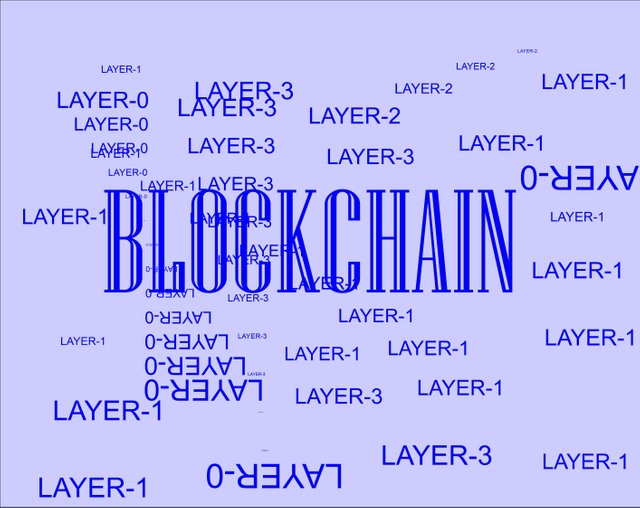Surprising fact about layer-3 blockchains lecture#8

Transaction charges/fees of blockchain network
As we know blockchain is a Peer-to-peer network. Every user on the blockchain network has the same rights and privileges. Every user can access the content without special permission and protocol. This feature makes the blockchain a decentralized system and has an impact on the industries that depend on a decentralized system.
In a blockchain system, there is a cost of transaction, a small amount of fee is levied on users when they send a transaction on the blockchain network. If someone uses a Paypal account and does some transactions on it a small amount is charged on the transaction this charge amount is called a transaction fee. The same is the case in blockchain systems. The fee is charged on both the receiver transaction and the payer transaction.

A transaction fee is charged to the user who sends transactions on the blockchain network. The main reason for charging transaction fees is to reward the miners for the validation of transactions.
When the transaction is sent on the blockchain, the minor verified it, by using their computing power to unlock blocks on blockchain. It also verifies the blockchain transactions and after verification, it is added to the ledger. In this way, they receive the fee for the transaction from the blockchain network. If the transaction fee does not exist the minor will be unable to receive the incentive and they will not validate the transaction because they did not get anything in reward.
